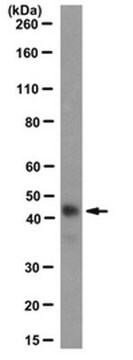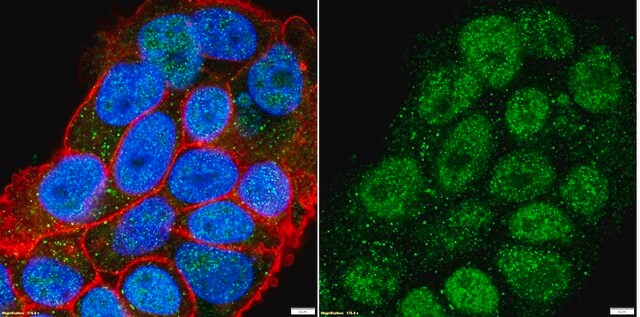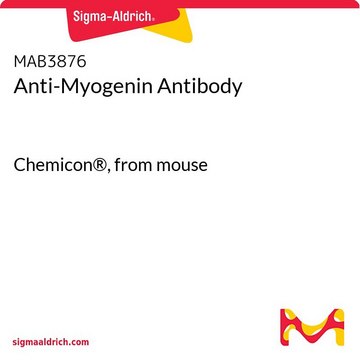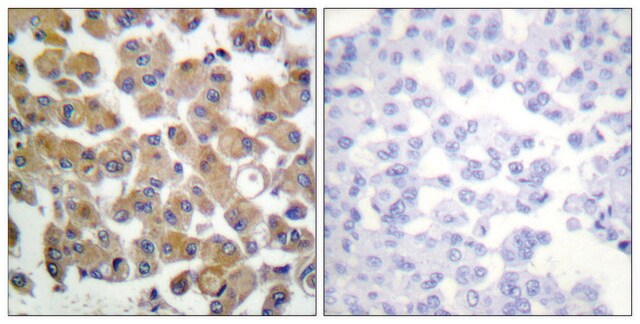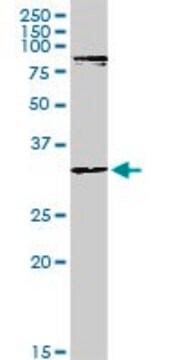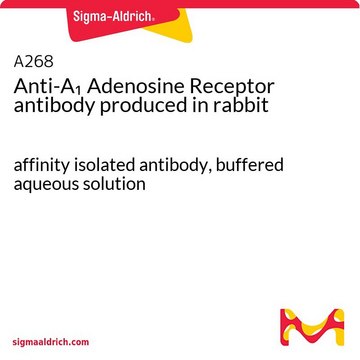M6190
Monoclonal Anti-MYOD1 antibody produced in mouse
clone 5.2F, purified immunoglobulin, buffered aqueous solution
Sinónimos:
Anti-Myogenic Differentiation Antigen 1
About This Item
Productos recomendados
origen biológico
mouse
Nivel de calidad
conjugado
unconjugated
forma del anticuerpo
purified immunoglobulin
tipo de anticuerpo
primary antibodies
clon
5.2F, monoclonal
Formulario
buffered aqueous solution
mol peso
antigen 34 kDa
reactividad de especies
human, rat, chicken, mouse
concentración
1.0 mg/mL
técnicas
immunocytochemistry: suitable
immunohistochemistry (formalin-fixed, paraffin-embedded sections): 2-4 μg/mL
immunohistochemistry (frozen sections): 2-4 μg/mL
immunoprecipitation (IP): 2 μg using 1 mg protein lysate
western blot: 1 μg/mL (reacts with the ~45 kDa protein)
isotipo
IgG2a
Nº de acceso UniProt
Condiciones de envío
wet ice
temp. de almacenamiento
−20°C
Información sobre el gen
human ... MYOD1(4654)
mouse ... Myod1(17927)
rat ... Myod1(337868)
Descripción general
Inmunógeno
Aplicación
- immunofluorescence staining at a 1:50 dilution
- western blotting
- immunostaining at a 1:300 dilution
Acciones bioquímicas o fisiológicas
Forma física
Cláusula de descargo de responsabilidad
¿No encuentra el producto adecuado?
Pruebe nuestro Herramienta de selección de productos.
Opcional
Código de clase de almacenamiento
10 - Combustible liquids
Clase de riesgo para el agua (WGK)
nwg
Punto de inflamabilidad (°F)
Not applicable
Punto de inflamabilidad (°C)
Not applicable
Elija entre una de las versiones más recientes:
¿Ya tiene este producto?
Encuentre la documentación para los productos que ha comprado recientemente en la Biblioteca de documentos.
Nuestro equipo de científicos tiene experiencia en todas las áreas de investigación: Ciencias de la vida, Ciencia de los materiales, Síntesis química, Cromatografía, Analítica y muchas otras.
Póngase en contacto con el Servicio técnico